Bid to end shutdown fails in Senate, extends into next week
Trump freezes $2.1B Chicago transit funds as shutdown deepens, escalating pressure on Democrats amid stalled Senate negotiations.
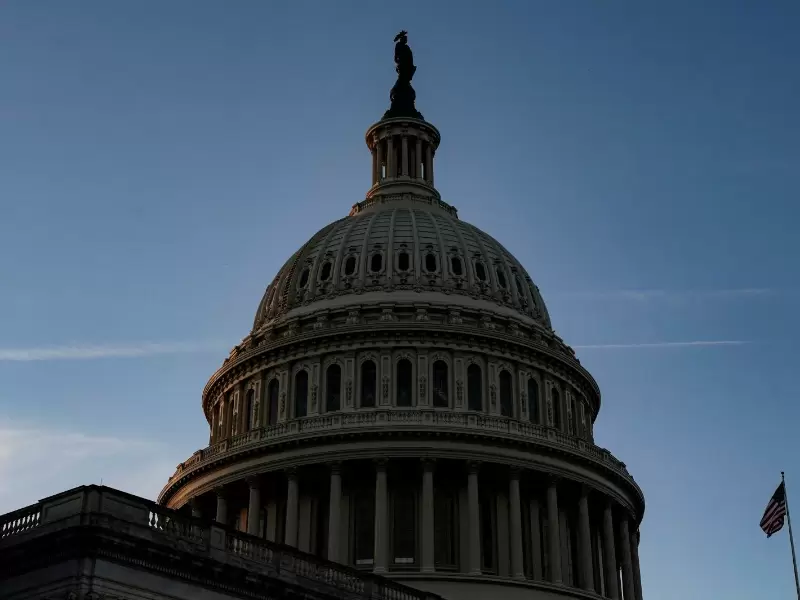 A view of the U.S. Capitol dome, following a partial government shutdown in Washington, D.C., U.S., October 2, 2025. / REUTERS/Nathan Howard
A view of the U.S. Capitol dome, following a partial government shutdown in Washington, D.C., U.S., October 2, 2025. / REUTERS/Nathan Howard
U.S. President Donald Trump's administration froze $2.1 billion in Chicago transit funding on Oct. 3, starving another Democratic city of funds as a bid to end the government shutdown failed again in the Senate.
On the shutdown's third day, Trump ramped up pressure on Democrats to end the standoff and agree to a Republican plan that would restore government funding. But that failed in a 54-44 Senate vote, short of the chamber's 60-vote standard.
The administration has now frozen at least $28 billion in funding for Democratic cities and states, escalating Trump's campaign to use the extraordinary power of the U.S. government to punish political rivals. Budget director Russ Vought said the Chicago money, earmarked for elevated train lines, had been put on hold to ensure it was not "flowing via race-based contracting."
Also Read: Trump says there could be firings and project cuts if shutdown continues
Trump has made Chicago, the nation's third-largest city, a regular rhetorical punching bag and has threatened to send in National Guard troops.
Illinois Governor JB Pritzker, a high-profile Trump critic seen as a possible 2028 Democratic presidential candidate, said the funding freeze amounted to hostage-taking.
"It’s attempting to score political points but is instead hurting our economy and the hardworking people who rely on public transit," he said on social media.
The White House said it was also identifying funds that could be withheld from Portland, Oregon, a left-leaning city that was home to high-profile protests during Trump's first term.
Trump has also threatened to fire more federal workers, beyond the 300,000 he is forcing out this year, and dozens of agencies have submitted workforce reduction plans, according to a White House source speaking on condition of anonymity.
Concern about 'bad-faith environment'
Many Republicans say they are not troubled by Trump's pressure campaign, even though it undercuts Congress' constitutional authority over spending matters. In addition to cutting funds to Democratic cities, Trump and his allies have taken to posting social media images with cartoon mustaches and sombreros drawn on his Democratic opponents.
"Is he trying to apply pressure?" House of Representatives Speaker Mike Johnson, a Republican, told reporters. "He probably is, yeah. And I applaud that."
But others say the cuts are complicating efforts to reach a deal that would allow the government to reopen. "If you do that, you're going to create a bad-faith environment here," said Republican Senator Thom Tillis, who is involved in informal talks to end the impasse. Tillis has opted not to seek reelection next year.
Trump's funding freeze so far has targeted transit and green-energy projects, two areas that are championed by Democrats. His administration has also tried to cut counterterrorism funding for Democratic states, which is typically a Republican priority. That has been temporarily blocked in court, and Trump restored $187 million in funding for New York on Oct. 3.
No sign of swift solution
In Washington, the shutdown looked to stretch through the weekend after the Senate rejected both the Republican funding plan and a Democratic alternative. If it stretches into Oct. 4, the shutdown will become the fifth-longest in U.S. history.
Trump's pressure campaign did not appear to sway Democrats. Only three voted for the Republican plan, which would extend funding through November 21, the same number who backed it in earlier votes.
The standoff in Congress has frozen about $1.7 trillion in funds for agency operations, which amounts to roughly one-quarter of annual federal spending. Much of the remainder goes to health and retirement programs and interest payments on the growing $37.5 trillion debt.
Democrats say any funding package must also expand pandemic-era healthcare subsidies due to expire at the end of December, while Republicans say that issue should be dealt with separately. Those subsidies were passed as part of a 2021 Democratic COVID relief package and now help 24 million Americans pay for coverage. Nearly 8 in 10 Americans support keeping them in place, according to a Kaiser Family Foundation poll.
Services interrupted
The shutdown, the 15th since 1981, has suspended scientific research, financial regulation, and a wide range of other activities. Pay has been suspended for roughly 2 million federal workers, though troops, airport security screeners, and others deemed "essential" must still report to work.
On Oct. 3, the government did not release its monthly unemployment report, leaving Wall Street guessing about the health of the world's largest economy.
A prolonged shutdown could disrupt air travel and food aid for millions of Americans and also force federal courts to close. Federal workers would miss their first paycheck in mid-October if the standoff is not resolved by then.
The longest shutdown lasted 35 days in 2018-2019, during Trump's first term in office.
Republicans control both chambers of Congress, but they need at least seven Democratic votes to advance spending legislation in the Senate.




 Reuters
Reuters
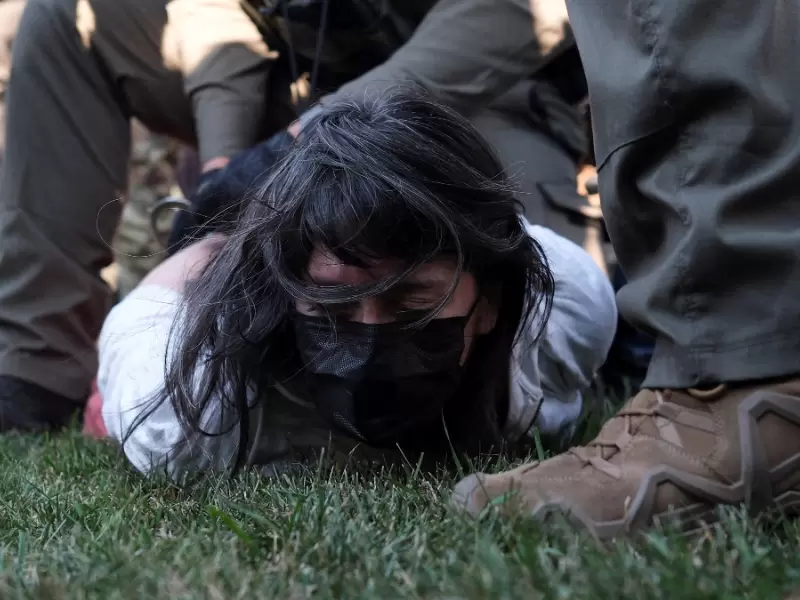

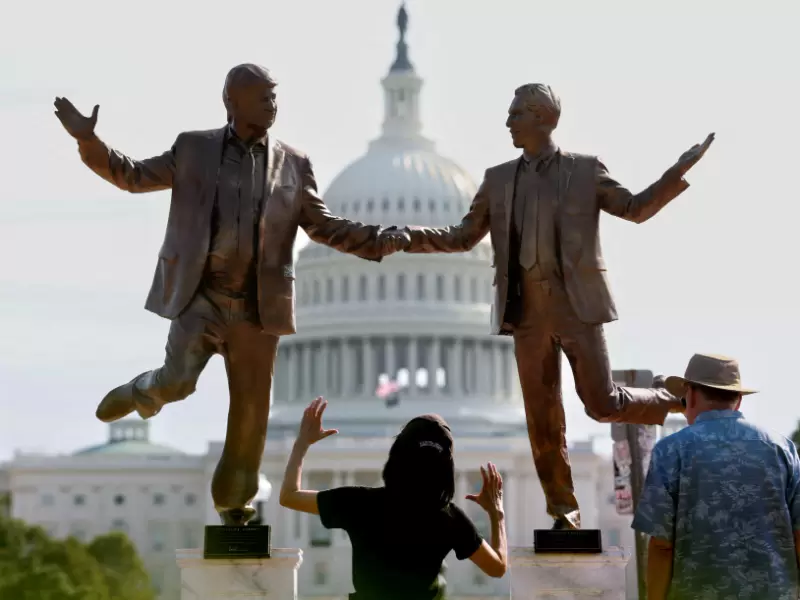
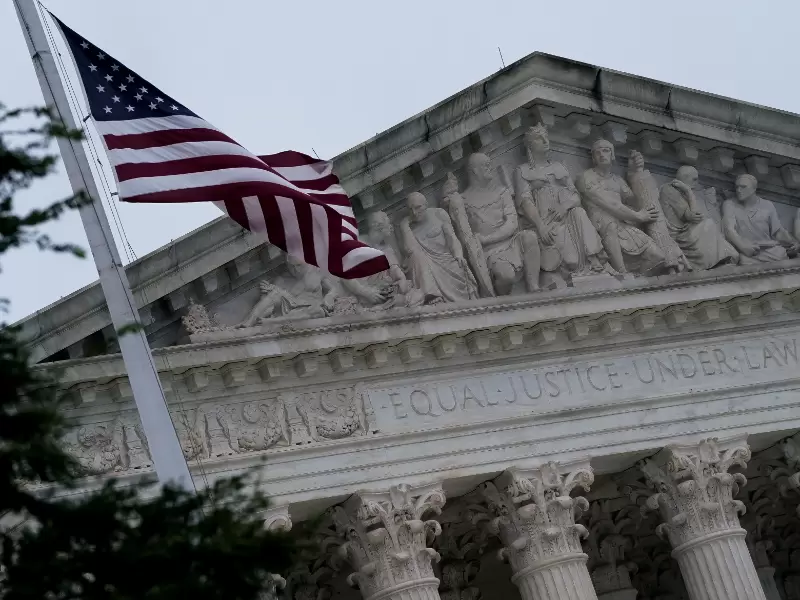

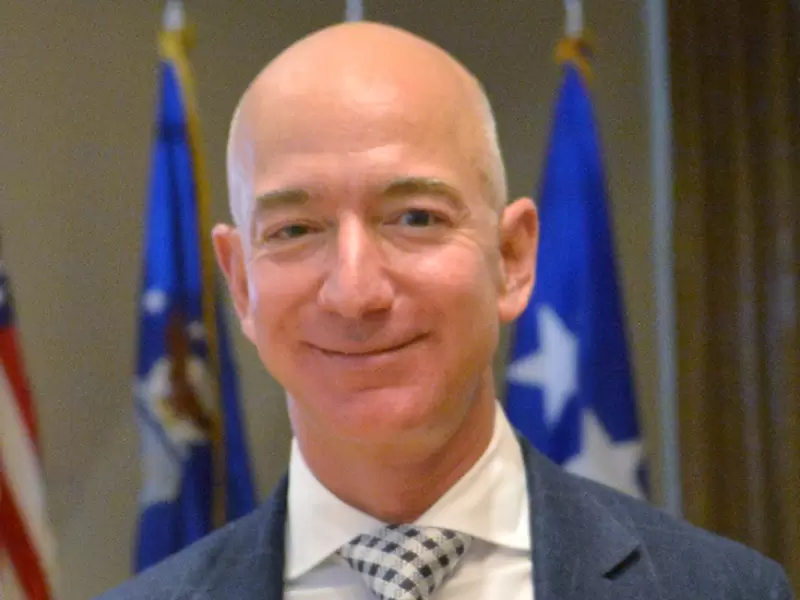
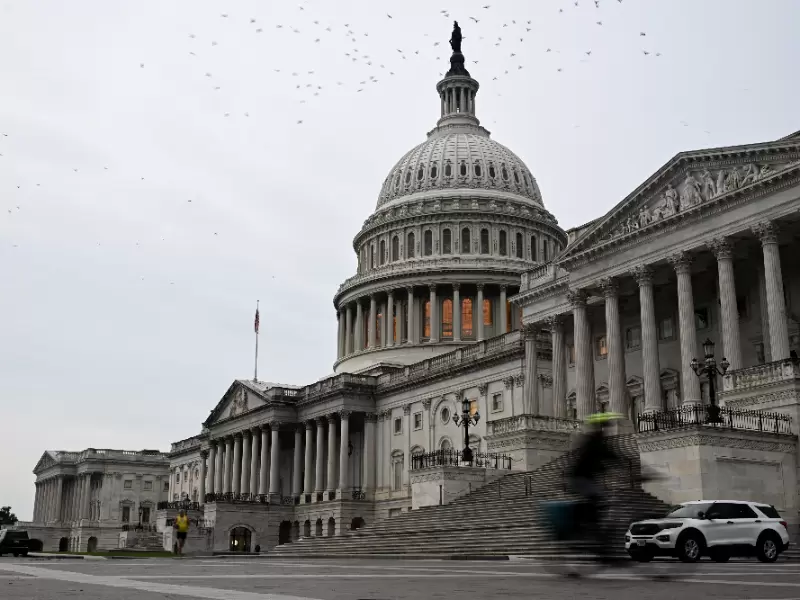








Comments
Start the conversation
Become a member of New India Abroad to start commenting.
Sign Up Now
Already have an account? Login